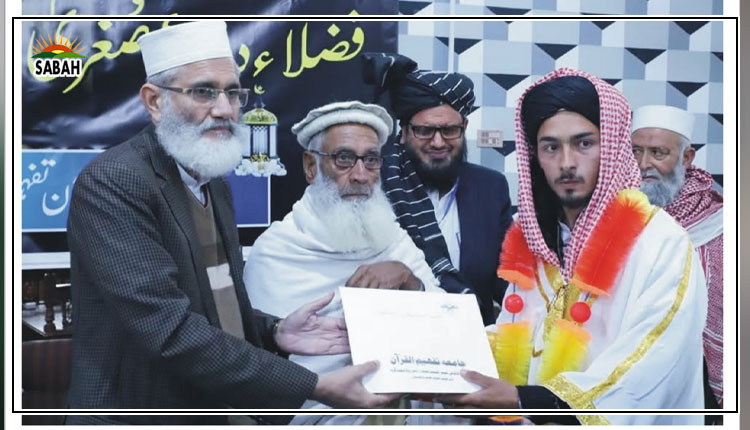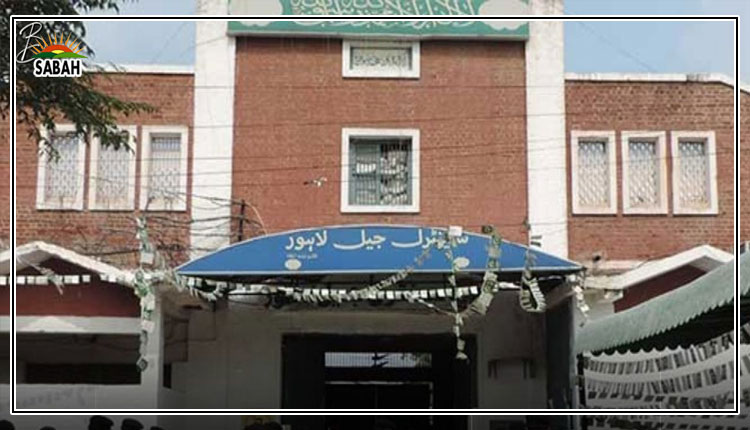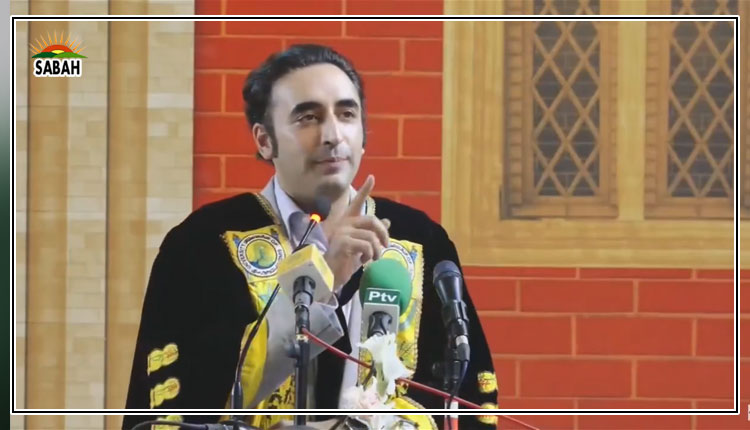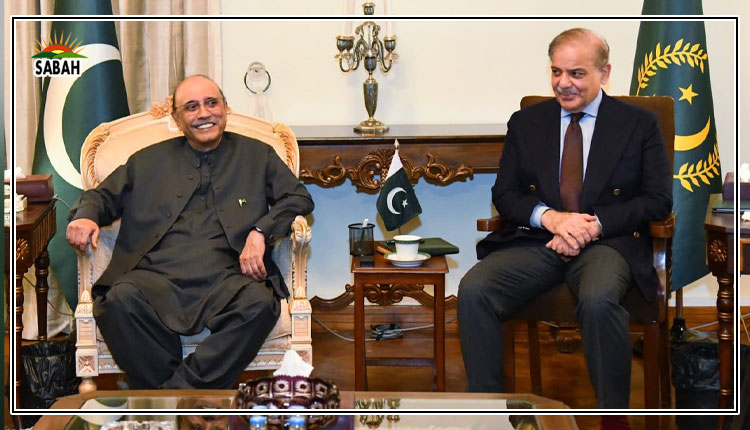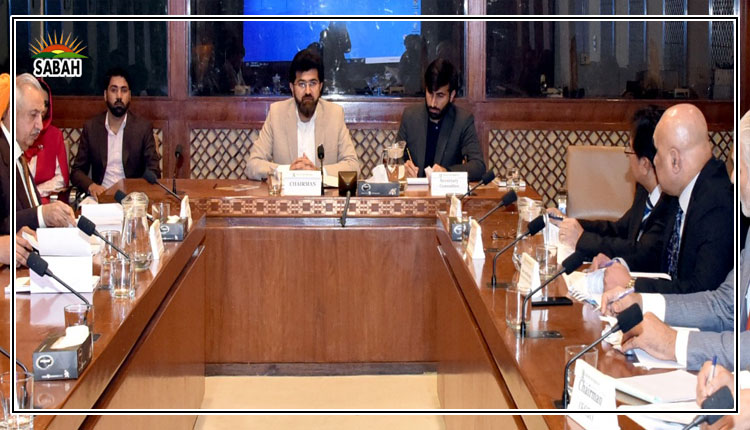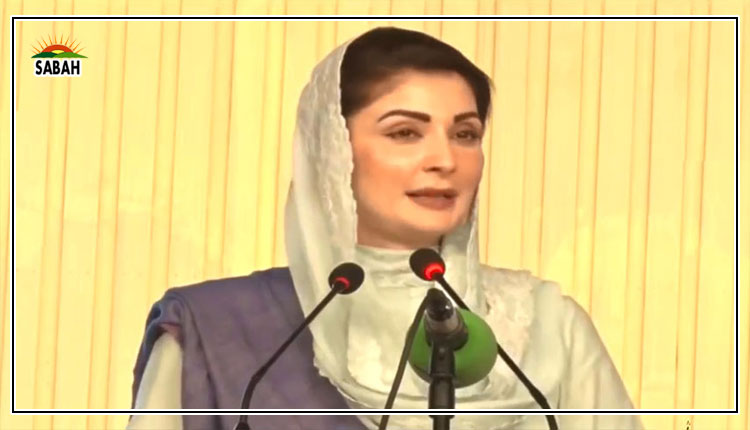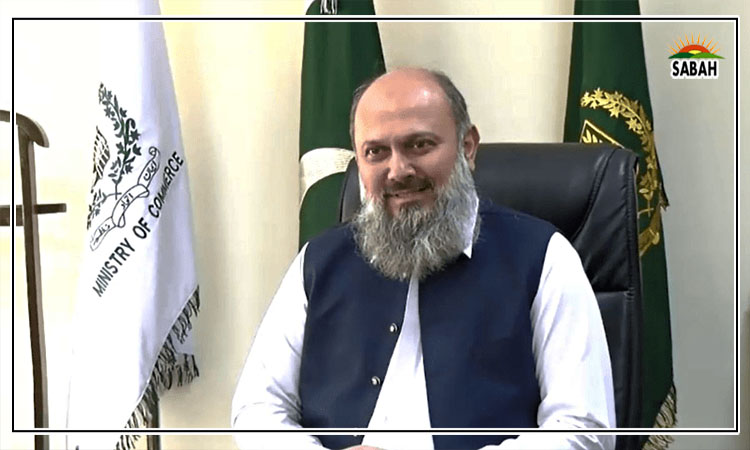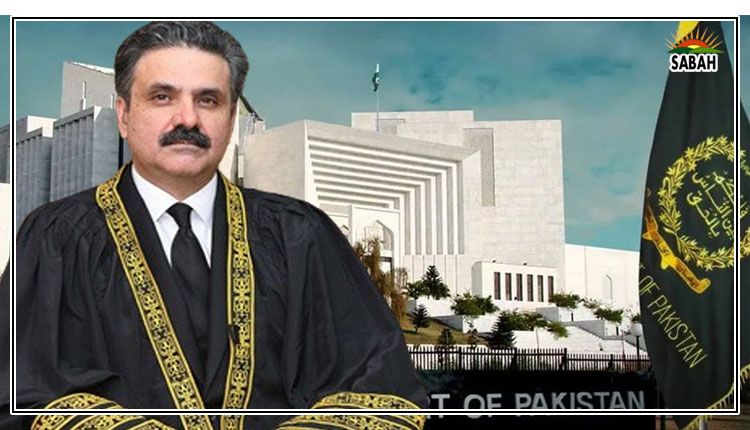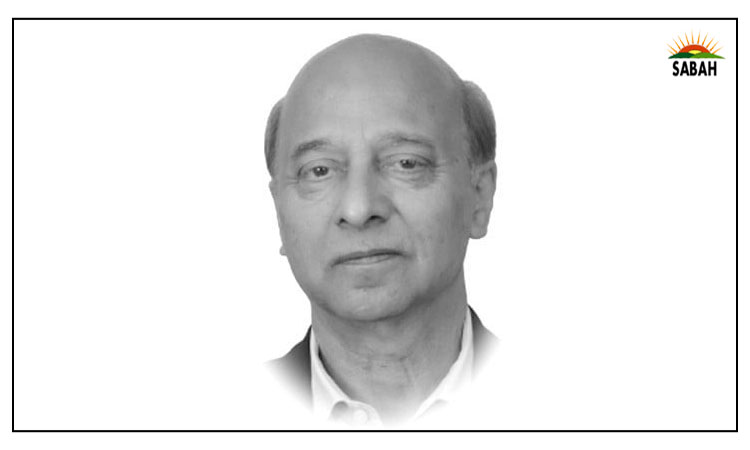Pak-US CT partnership: are we missing the point? …. Imtiaz Gul
From Waziristan to Kashmir and to Balochistan, relentless violent incidents are shaking Pakistan. At least 85 terrorist attacks — mostly in Balochistan and Khyber-Pakhtunkhwa since March this year — with nearly 200 fatalities explain the explosive situation.
And to this backdrop, we were told officially (May 13) about the convening of the US-Pakistan Counterterrorism Dialogue in Washington.
Let us focus on the operative part of the joint statement.
“The Counterterrorism Dialogue underscores the cooperation between the United States and Pakistan in addressing the most pressing challenges to regional and global security, including Tehreek-e-Taliban Pakistan (TTP) and ISIS-Khorasan.”
“The United States and Pakistan recognize that a partnership to counter ISIS-Khorasan, TTP, and other terrorist organizations will advance security in the region and serve as a model of bilateral and regional cooperation to address transnational terrorism threats.”
Let’s look at some of the headlines in the last few weeks:
= Seven security personnel killed in twin attacks in Pakistan (May 12)
= Barber shop workers from Punjab shot dead in late-night attack in Gwadar’s Surbandar (May 9)
= AJK cop shot dead on second day of violent protests against inflation (May 11)
= 5 Japanese nationals narrowly survive Karachi suicide attack
= Insurgents kidnap, kill 11 travelers in Balochistan
The killing of five Chinese engineers — working at Dasu dam — near Bisham in March also belongs to the endless string of the perpetual terrorist violence, not only claimed by TTP but also Baloch Liberation Front (BLF), Baloch Liberation Army (BLA) and similar Baloch groups.
These are just a few glimpses of the litany of proxy terrorism that has been rocking Pakistan for years. It intensified after the Taliban seized power in Afghanistan in August 2021 and rose to alarming levels after the TTP unilaterally revoked the temporary ceasefire in November 2022.
A few points merit consideration in this context because of the failure of the previous counter-terrorism cooperation between the two countries.
Curiously, the joint statement does not mention those Baloch groups that regularly claim responsibility for terrorist attacks. Nor does it allude either to Jaish al-Adl, which Iran considers a direct threat to its integrity, or the Chinese-centred ETIM, also called Turkestan Islamic Party, TIP.
Secondly, we don’t find the word ‘Afghanistan’ in the joint statement, although everybody knows where the TTP, Jaish al-Adl, TIP, ISKP as well as the Baloch groups enjoy safe havens.
Thirdly, Pakistan suffered the worst incessant violence until the US pullout from Afghanistan in 2014. It was a major non-Nato ally and a literal strategic partner in countering terrorism. TTP-led violence never ceased during this partnership. Nor did the public opinion ever tilted in favour of such a cooperation.
Fourth, is the US-Pakistan CT partnership inclusive of China and Iran?
China and Iran are also keen on collaborative counter-terrorism mechanism — either under the Shanghai Cooperation Organisation (SCO) or bilateral or trilateral framework. But given the intense geopolitical rivalry plus the hostility that accompanies the US view of Iran and China, how can such a partnership be successful?
At a presser along with his Pakistani counterpart, Ishaq Dar, on May 15, Chinese Foreign Minister Wang Yi reiterated that Beijing “is willing to further deepen counter-terrorism security cooperation” with Islamabad and called on the international community to “eradicate the breeding ground for terrorism” through a “united front” against the threat.
Yi said this a day after the US Institute for Peace warned about the resurgence of transnational terrorist groups in Afghanistan including TTP.
“The post-U.S. withdrawal environment in Afghanistan offers terrorist groups a range of new opportunities for regrouping, plotting, and collaborating with one another,” said the latest study.
Should this environment prompt the US, China, Russia, Iran, Pakistan and the Central Asian Republics to jointly work through a CT framework? Ideally yes, but practically not because of political divergences and different targets set by major stakeholders; the US, it seems, is focused only on the TTP and ISKP. Iran and China want to neutralise threats that Jaish al-Adl and TIP pose to their respective interests. Both view the latter as proxy terrorist groups.
For Pakistan, several Baloch separatist groups as well as the TTP represent a life and death challenge. But India, a strategic partner of the US, is openly sympathetic to some of the Baloch groups.
Lastly, is Pakistan glossing over statements made by many Indian leaders, including Ajit Doval, who had in February 2014 openly said that “the only unfinished agenda is the liberation of ‘Pakistani occupied’ Kashmir”?
Let us not forget what an India Today (the weekly magazine) huddle of 12 security experts in October 2009 had proposed on how to deal with Pakistan. Exploit the internal fault-lines, sub-nationalist discontent (Balochistan) and sectarian rivalries, was one of the recommendations. We got Bangladesh for the Bengalis. Balochistan offers the same opportunity, was the implied message.
Doval was part of this consultation and eventually became Prime Minister Narendra Modi’s National Security Advisor in 2014. No surprise that Modi spoke of the massive “human rights violations” in Balochistan in his 2015 Republic Day speech too.
A basic question to all: why are we so keen on such a partnership with the US whose past points to disastrous consequences for the country? How can this terminate proxy terrorism when major actors are working at cross-purposes? Are we missing the point inadvertently or…?
Courtesy The Express Tribune, May 19th, 2024.


